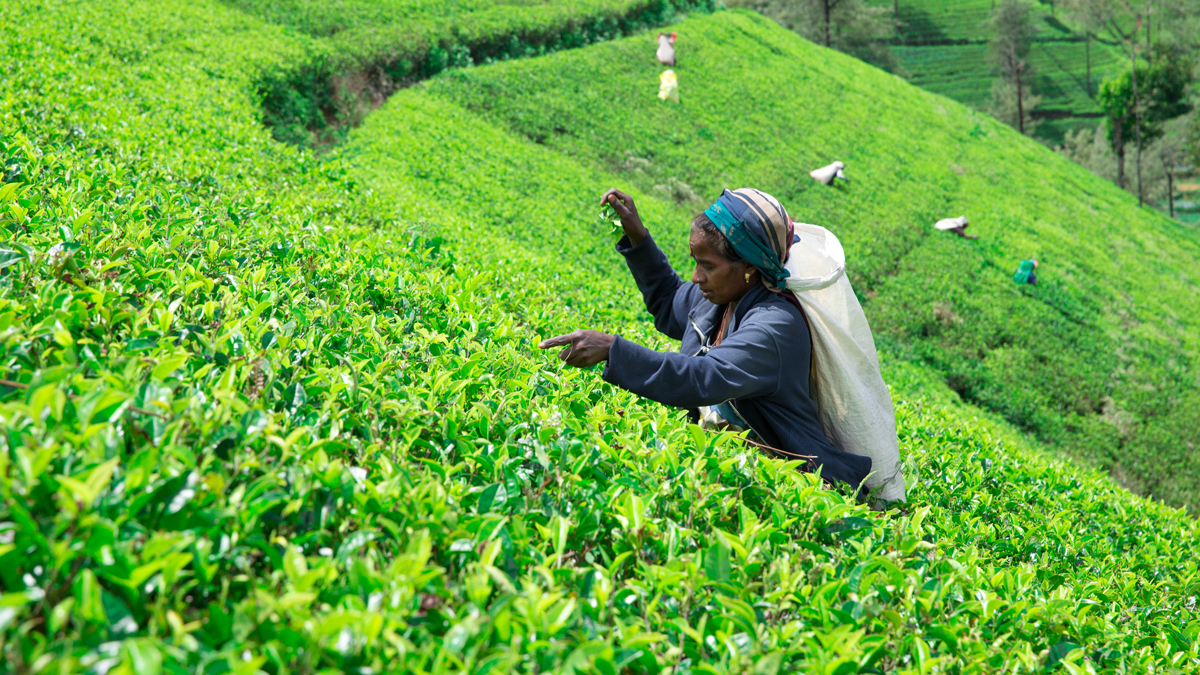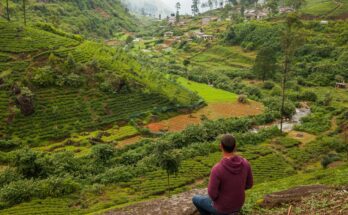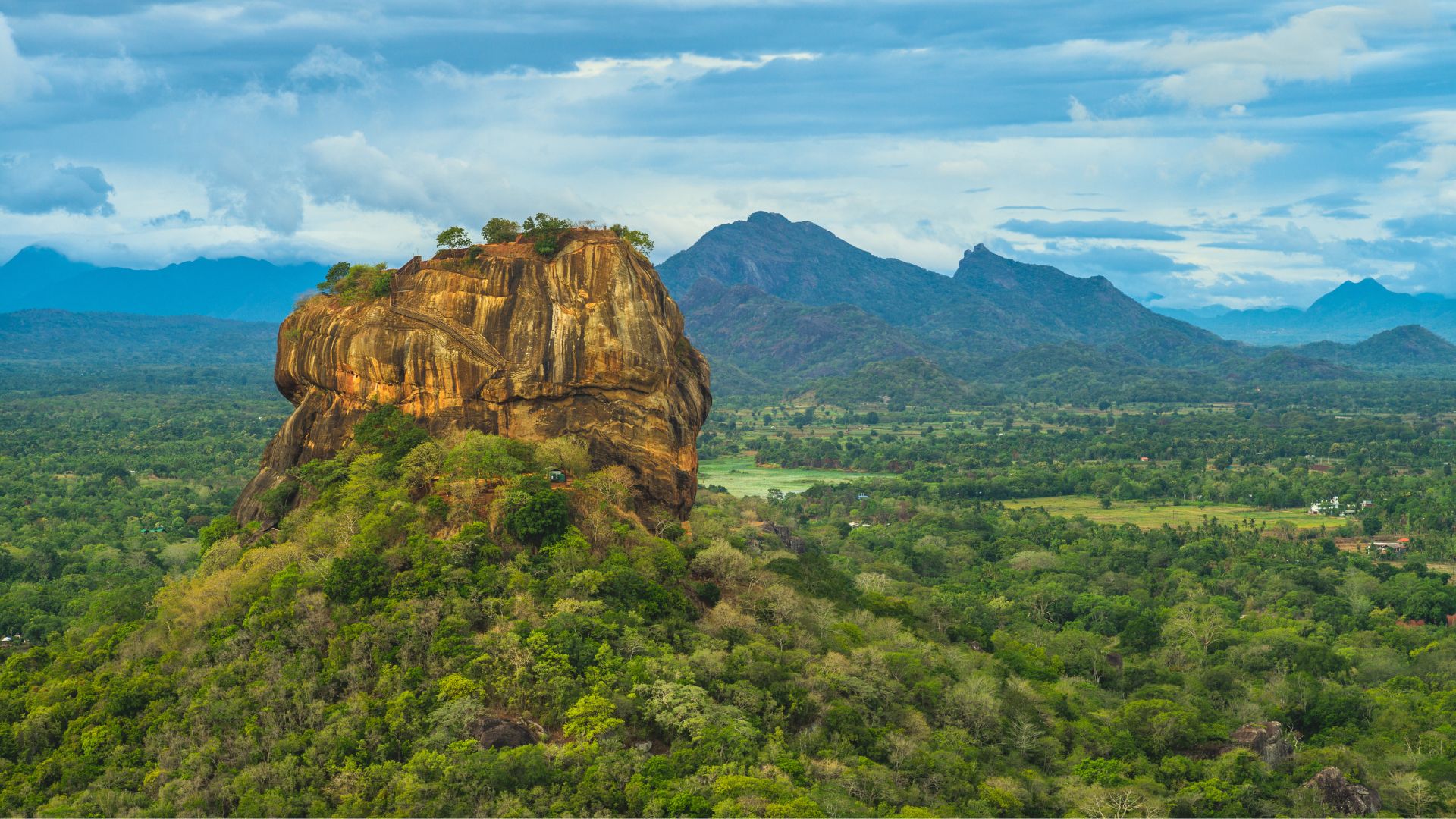Sri Lanka, known globally for its stunning landscapes, vibrant culture, and rich heritage, is perhaps best renowned for its Ceylon tea—one of the finest teas in the world. The island’s vast and lush tea plantations, particularly in the central highlands, provide not only a picturesque backdrop but also a deep connection to Sri Lanka’s history and culture. Visiting these tea plantations offers travelers an immersive experience into the world of tea, from its origins to its cultivation and consumption. Whether you’re a tea connoisseur or simply a curious traveler, exploring Sri Lanka’s tea plantations is a journey of discovery that blends nature, history, and tradition.
𝗧𝗵𝗲 𝗕𝗶𝗿𝘁𝗵 𝗼𝗳 𝗖𝗲𝘆𝗹𝗼𝗻 𝗧𝗲𝗮: A Historical Legacy
Tea cultivation in Sri Lanka dates back to the 19th century when James Taylor, a British planter, introduced tea to the island in 1867. Prior to this, the island was known for its coffee plantations, but a coffee blight in the 1860s led to the decline of the coffee industry. Tea was soon recognized as a viable alternative, and by the late 1800s, Sri Lanka—then known as Ceylon—had established itself as a leading producer of high-quality tea.
Over the years, tea became an integral part of Sri Lanka’s identity and economy, influencing the country’s culture, livelihoods, and even the local landscape. Today, Sri Lanka is one of the world’s largest exporters of tea, with Ceylon tea being a symbol of quality and tradition. The island’s tea plantations are not just places of production but are also a testament to the resilience and innovation of the island’s tea planters.
𝗧𝗲𝗮 𝗣𝗹𝗮𝗻𝘁𝗮𝘁𝗶𝗼𝗻 𝗧𝗼𝘂𝗿𝘀: A Deep Dive into the Tea-Making Process
For anyone seeking to learn more about the intricacies of tea production, a visit to Sri Lanka’s tea plantations is a must. The central highlands, particularly in regions like Kandy, Nuwara Eliya, and Kandapola, are home to some of the most scenic and historically significant tea estates. These areas, with their cool climate and rolling hills, provide the ideal environment for growing the island’s famous tea.
Tea plantations tours typically begin with a walk through the lush green fields, where visitors can witness the tea-picking process up close. Tea pickers, often women from local communities, pluck the tender leaves with skilled hands, a process that requires precision and care. Visitors can try their hand at picking tea leaves, an experience that highlights the labor-intensive process of tea cultivation.
Afterward, guests are taken to the factory, where they can observe the fascinating process of turning the leaves into tea. From withering and rolling to fermenting and drying, every step of tea production is a meticulous process that blends tradition and modern techniques. Guides at the plantations explain each stage in detail, providing insights into the subtle differences between varieties of tea such as black, green, and white tea.
𝗧𝗲𝗮 𝗧𝗮𝘀𝘁𝗶𝗻𝗴: Discovering the Flavors of Ceylon Tea
No visit to a tea plantation is complete without indulging in a tea-tasting session. Sri Lanka’s tea plantations offer visitors the opportunity to sample different grades and varieties of tea, each with its distinct flavor profile. The tea-tasting experience often takes place in an idyllic setting, such as a tea lounge overlooking the verdant plantations.
During these sessions, visitors are guided through the art of tea tasting. From the delicate aroma to the subtle notes in the flavor, every detail is emphasized. Whether you prefer a robust black tea or a light and refreshing green tea, Sri Lanka’s tea estates cater to all tastes. Some plantations even offer tea blending workshops, where guests can create their own custom blends, adding a personal touch to their tea experience.
𝗧𝗲𝗮 𝗖𝘂𝗹𝘁𝘂𝗿𝗲 𝗮𝗻𝗱 𝗧𝗿𝗮𝗱𝗶𝘁𝗶𝗼𝗻𝘀: A Sip of Sri Lankan Heritage
Tea holds a special place in Sri Lankan culture, with the act of drinking tea being a significant part of daily life. The traditional Sri Lankan “tea time” is more than just a casual break; it’s a moment for family, friends, and guests to gather, chat, and relax. The humble “Ceylon tea” is often served with a sweet treat, such as kithul treacle or lamprais, during social gatherings or celebrations.
Sri Lankans take immense pride in their tea, and it is not just a beverage but a ritual. In urban areas, you’ll find street vendors offering hot cups of tea, or “chai”, alongside fresh coconut roti, providing a unique insight into the country’s tea culture. At more formal occasions, a pot of tea is served in fine china, symbolizing hospitality and warmth.
For tea lovers, visiting Sri Lanka is an opportunity to immerse oneself in this deep-rooted tradition, learning not just about the making of tea but about its cultural significance as well.
𝗘𝗰𝗼-𝗧𝗼𝘂𝗿𝗶𝘀𝗺 𝗮𝗻𝗱 𝗦𝘂𝘀𝘁𝗮𝗶𝗻𝗮𝗯𝗹𝗲 𝗣𝗿𝗮𝗰𝘁𝗶𝗰𝗲𝘀 𝗶𝗻 𝗧𝗲𝗮 𝗣𝗹𝗮𝗻𝘁𝗮𝘁𝗶𝗼𝗻𝘀
Sustainability is an important focus in Sri Lanka’s tea industry, with many plantations adopting eco-tourism practices that promote environmental conservation and community well-being. Sustainable farming techniques are increasingly being adopted, such as organic tea farming, which minimizes the use of pesticides and promotes soil health. Additionally, eco-friendly tea estates are keen on reducing their carbon footprint, using renewable energy sources, and promoting water conservation.
Visiting these sustainable tea plantations allows travelers to support eco-friendly initiatives while enjoying their tea experience. The Lanka Tea Development Agency has been working toward improving the livelihoods of tea workers, ensuring fair wages and better living conditions for the families who contribute to the industry.



